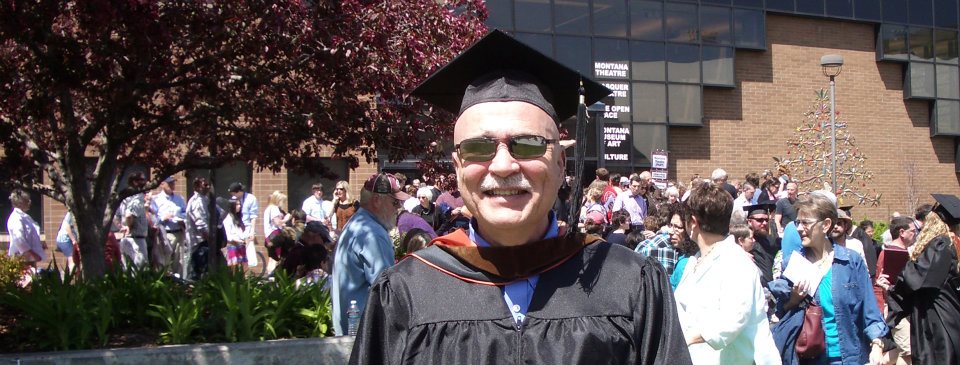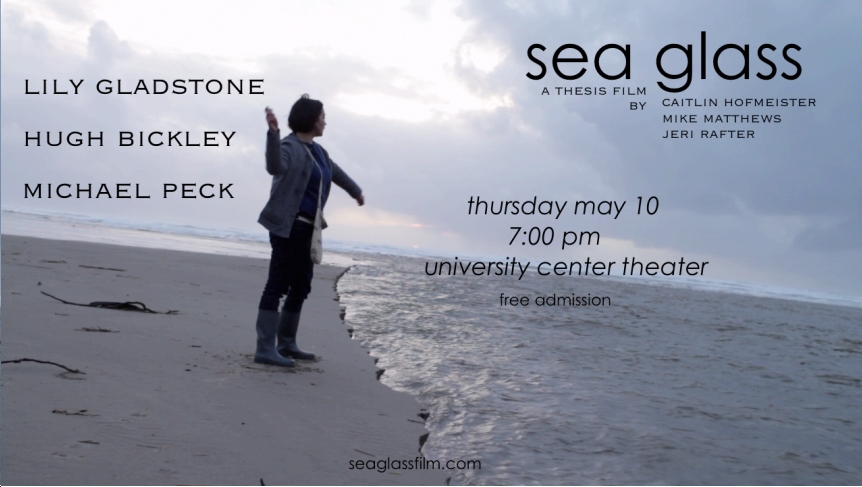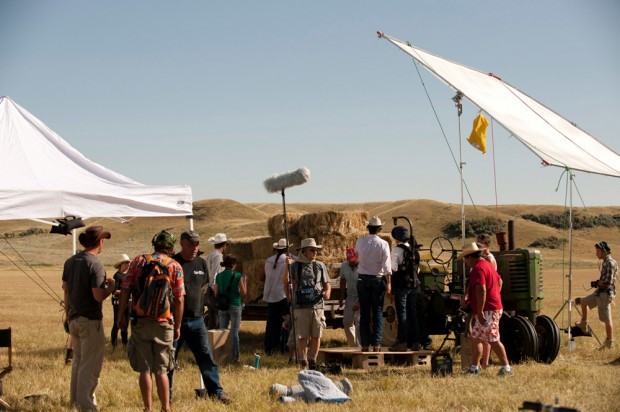I got this email the other day:
Hi Mike,
My name is XXX. I’m close friends with ZZZ.
This coming Saturday I’ll be shooting a short interview/PSA .
They referred me to you in regards to renting or borrowing a mic for my 5D Mark II.
Is that something you might be able to help with?
Best Regards,
XXX
I tried to explain that a 5D is not capable of recording professional quality audio and that in order to get good sound you need a second system or better yet, you need to hire a sound person:
Hi XXX,
I believe the 5D has a 3.5 mm, tip-ring-sleeve jack that accepts mic-level signals from external sources. My mics are all XLR and require phantom power so they will not work with a 5D. With a 5D or a 7D or really any DSLR camera you need to have second system sound to get good audio. That means you need a mic and a separate recorder at a minimum.
Thanks,
Mike
Of course they don’t want to hear that their camera is a piece of shit when it comes to recording audio, because everyone knows that audio is simple, right? They don’t get that their camera costs less than one Lectro system or a couple of microphones and you need to know what you are doing to use it. So needless to say, my advice was not appreciated:
Hi Mike,
Thank you for the information.
I’ll keep searching for a 5d solution.
Cheers,
XXX
Ouch, that was a little bit cold. I guess this person isn’t listening to me or just doesn’t like what I am saying. It’s true, though. You need a second system, there is no such thing as a 5D solution. Why ask for an expert’s opinion if you aren’t going to listen to that opinion?
I actually felt bad so I looked around the Internet and found an article where someone uses a Sound Devices 302 and a Zoom to record to a 5D.
http://pandauprojects.com/resources/recording-broadcast-quality-audio-on-the-canon-5d-mark-ii-dslr-camera/
They make it work by turning off the AGC, overriding the pre-amps on the 5D and sending a line level signal from the 302. It actually does record to the 5D with the levels set to one click above off. You still can’t monitor levels and the article clearly states that you need a back up system, hence the Zoom and very clearly discusses the limitations of the 5D. I was hoping the person might actually read it and maybe they would believe it sonce another photographer wrote it and possibly realize, “hey…maybe I should think about hiring a sound person….I guess it might be more complex then I thought…”
So I get back:
Thanks Mike,
I was able to pin down another option through a friend and colleague of mine XXX. You
Might(sic) know him, he’s in XXX’s circle as well. A great photographer too.
Turns out he has a setup for the 5D that he’s willing to loan.
Thank you for the links and information.
Warm Regards,
XXX
Probably a battery powered microphone with a 1/8th inch jack. Good luck with that, XXX, I am sure your client will be happy when the hiss from the microphone drowns out the interview dialog. I’m sure you can fix it in post. I just can’t help you if you won’t listen. I’m glad we are at warm regards rather than cheers, though.





